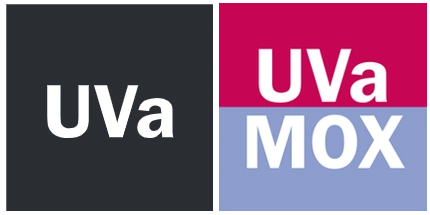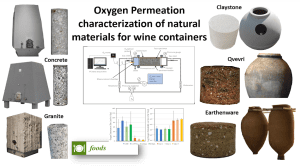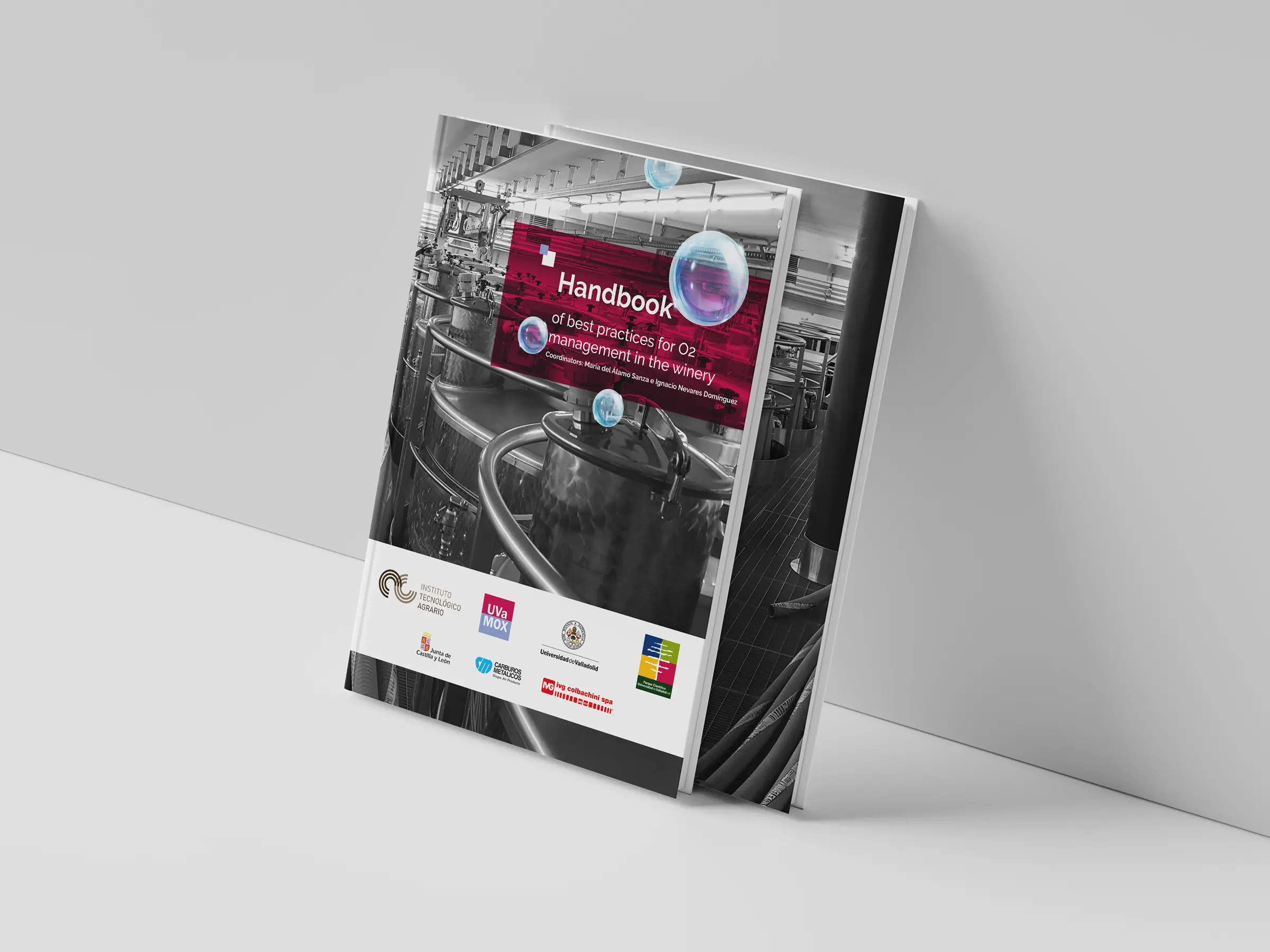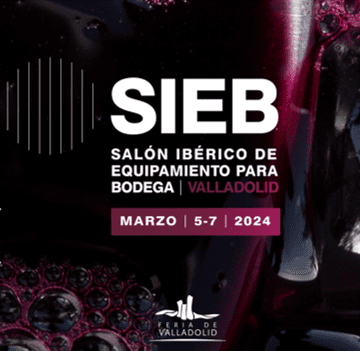Characterization of the Oxygen Transmission Rate of New-Ancient Natural Materials for Wine Maturation Containers
Ignacio Nevares and Maria del Alamo-Sanza
Foods 2021, 10(1), 140; https://doi.org/10.3390/foods10010140
Today, there is a trend in enology promoting a return to the use of old natural materials for the manufacture of storage and maturation wine tanks. One of the most sought-after characteristics of these materials is their permeability to oxygen from the atmosphere to improve wines without this being a harmful process. The reference performance in wine aging is, without doubt, the oak barrel for its ability to oxidize wines in a controlled way, thus improving them. It would be possible to mature wines in containers in which the use of wood is not obligatory, as opposed to aging in oak barrels or foudres. This work presents the results of oxygen permeation analysis under test conditions typical of a tank containing wine, using materials, such as concrete and granite. The oxygen permeability of the materials tested was very diverse, typical of natural materials. The results showed that earthenware presents an excessive permeability, not only to atmospheric oxygen, but also to liquids and needs treatment before being used in liquid containers. Claystone and concrete can be impermeable to liquids, but maintain permeability to atmospheric oxygen—making them candidates for use in permeable tanks for wine maturation. Finally, granite has some very interesting characteristics, though thickness control is required when calculating the desired oxygen transmission rate.
Acknowledgments: The authors would like to thank J. de Castro‐Arronte for its technical support
in the execution of the tests, to R. Gil de Mingo (Universidad Politécnica de Madrid) for its assistance
in the geological characterization of the granite; for the supply of materials used for experiments
thanks to Bodegas Ramón Bilbao and to DVTec for the donation of the concrete samples; to Bodega
Prado Rey which, as part of the Glovalmavin Project, supplied ceramic pieces from Spanish vessels;
to B.C. Trela for the Georgian Qvevri pieces and to Clayver S.r.l. for supplying us with experimental
claystone samples for characterization.




